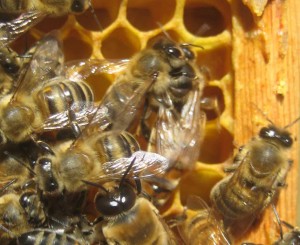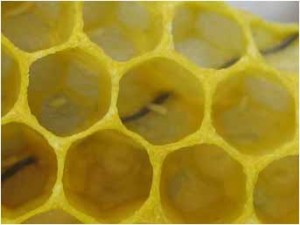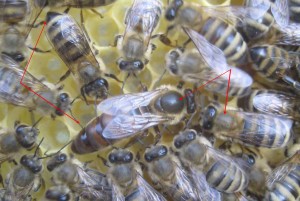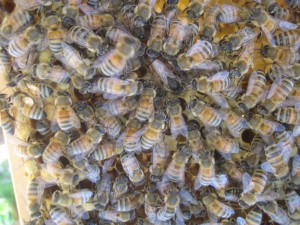I’m intrigued by animals who do the unexpected. There is no lack of examples of unexpected events occurring in the animal world, at all levels, in all species. All we have to do is watch and we see amazing things. The critter I want to talk about today is one of those animals. 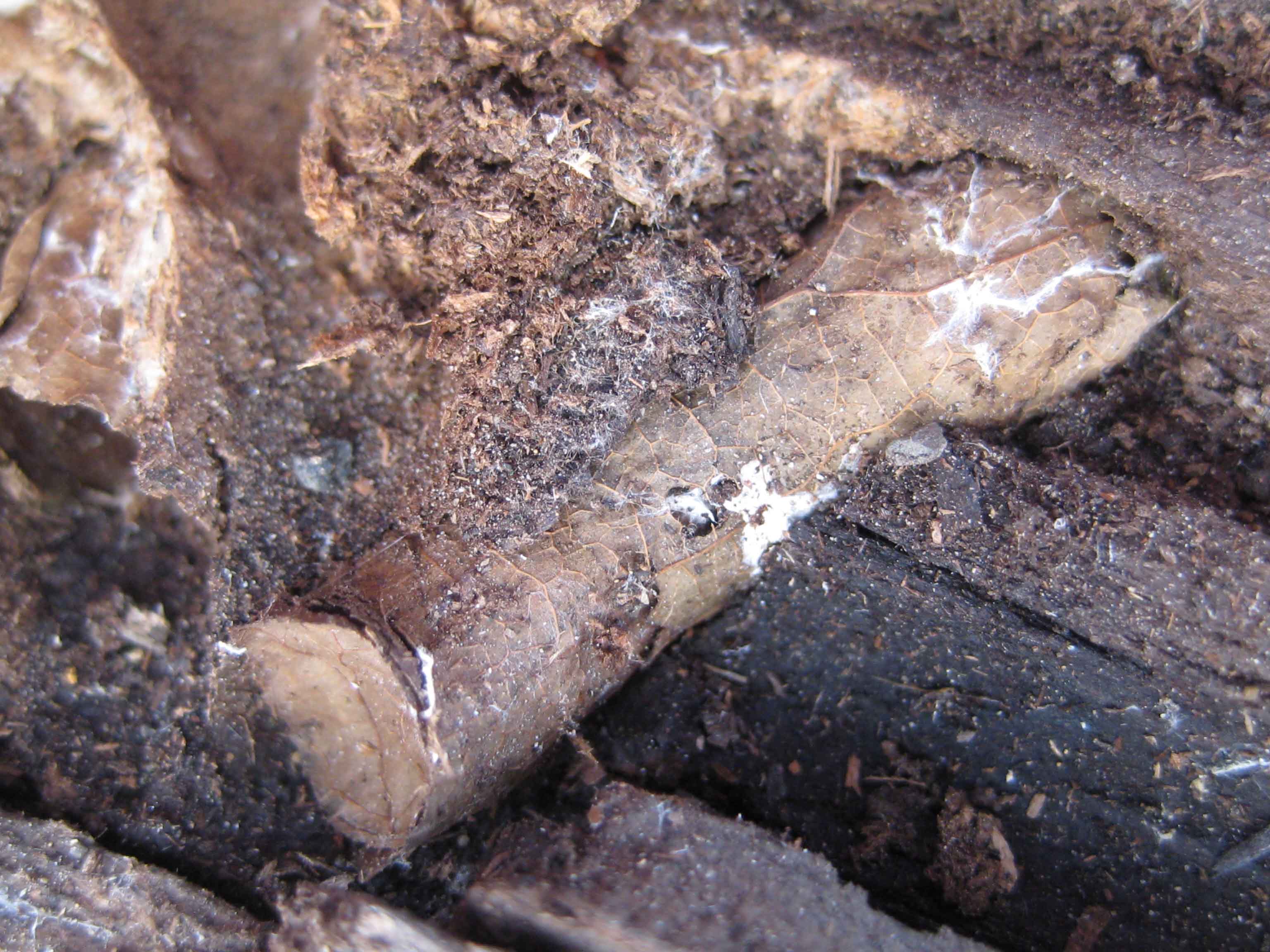 On the surface it appears simply as a bee. But as you watch this creature, the female of the genre in particular, you get to see something unfold that will blow your mind. Once I tell you its common name, some of the surprise will be gone. The creature of which I speak is the Leafcutter Bee. The Leafcutter is a solitary nester, meaning the female will find her own location, apart from other females, in which to lay her eggs. The Leafcutter prefers to nest in narrow tunnels in wood.
On the surface it appears simply as a bee. But as you watch this creature, the female of the genre in particular, you get to see something unfold that will blow your mind. Once I tell you its common name, some of the surprise will be gone. The creature of which I speak is the Leafcutter Bee. The Leafcutter is a solitary nester, meaning the female will find her own location, apart from other females, in which to lay her eggs. The Leafcutter prefers to nest in narrow tunnels in wood.
There are many types of bees who are solitary and who prefer to nest in wood. What I love about the Leafcutter is that she goes out and gathers plant material to line her nest. I’d heard about this behavior long before witnessing it for myself, and my first glance was simply to see a spot of bright green flying through the air. It would be years before I got to see a Leafcutter in action – it happened last week. I was fortunate to have a video camera handy so now I get to share this awesomeness with you! 🙂
What happens is this: the female Leafcutter (after mating) finds a suitable crevasse or tunnel for her nest. Then she goes out in search of appropriate plants to harvest. In my yard I have seen them gather from rose leaves and azalea leaves. I’ve heard from others that they’ll gather flower petals as well. The bee will use her mandibles to cut a circular line through the leaf, deftly curling the leaf up under her thorax where she molds it into a tube with her legs. She’s standing on the piece she’s cutting out and as you watch you get the image of a carpenter standing on the hole she’s cutting in a floor – you’re certain the bee will fall and tumble through the bushes. But there’s only a momentary drop as she makes her final cut, then she’s off – flying with the piece of leaf rolled into a tube and held tightly by six legs.
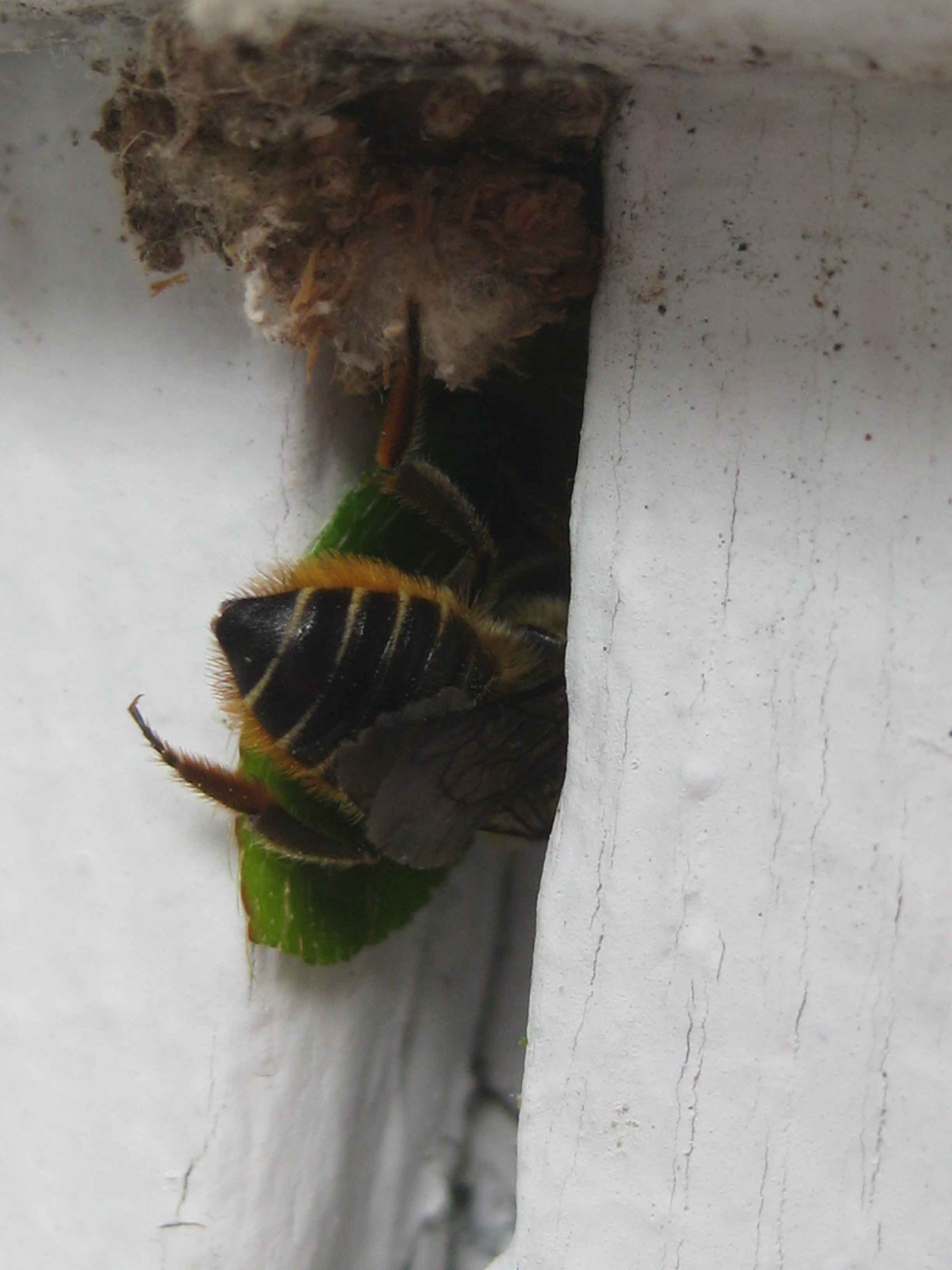 When she reaches her burrow, she pushes the leaf into place, nipping it into shape with her mandibles if necessary. When the nesting cavity is ready, she will start to gather pollen to create a little loaf of “bee bread” – a mixture of pollen with a little nectar. She forms this loaf in the chamber, lays an egg on top of the loaf, and returns to the field to gather another piece of leaf to use as a wall to seal the egg compartment. Then she repeats the process – creating a chamber, placing a loaf of “bee bread,” laying an egg, sealing the chamber – until the burrow is full. When she reaches the end she covers the tube with a door made of another piece of leaf.
When she reaches her burrow, she pushes the leaf into place, nipping it into shape with her mandibles if necessary. When the nesting cavity is ready, she will start to gather pollen to create a little loaf of “bee bread” – a mixture of pollen with a little nectar. She forms this loaf in the chamber, lays an egg on top of the loaf, and returns to the field to gather another piece of leaf to use as a wall to seal the egg compartment. Then she repeats the process – creating a chamber, placing a loaf of “bee bread,” laying an egg, sealing the chamber – until the burrow is full. When she reaches the end she covers the tube with a door made of another piece of leaf.
An interesting point of fact in this process is that the Leafcutter lays fertilized eggs, which will turn into female bees, deep in the hole and lays unfertilized eggs, which will turn into male bees, near the entrance. Our interpretation of this is that the females are more important in the continuation of the species so the mother puts the more expendable males near the entrance where they are at greater risk of being consumed by woodpeckers and other carnivorous animals.
